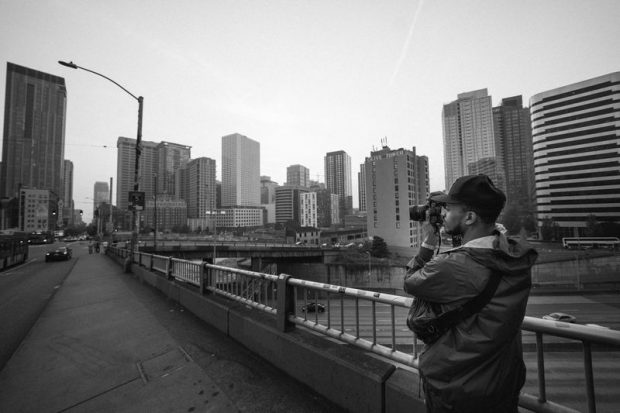Little Known Questions About Framing Streets.
Not known Incorrect Statements About Framing Streets
Table of ContentsFraming Streets Things To Know Before You Buy4 Simple Techniques For Framing StreetsWhat Does Framing Streets Mean?3 Easy Facts About Framing Streets DescribedFraming Streets Fundamentals ExplainedThe 2-Minute Rule for Framing Streets
Photography style "Crufts Canine Show 1968" by Tony Ray-Jones Road digital photography (likewise often called candid photography) is digital photography carried out for art or questions that includes unmediated chance experiences and random events within public places, generally with the goal of catching images at a crucial or touching moment by mindful framing and timing. 
Excitement About Framing Streets
Susan Sontag, 1977 Road photography can focus on individuals and their habits in public. In this regard, the road professional photographer is similar to social documentary professional photographers or photographers who likewise operate in public places, but with the goal of catching newsworthy events. Any one of these professional photographers' photos may record individuals and home visible within or from public locations, which often entails navigating honest concerns and legislations of personal privacy, protection, and building.
Depictions of everyday public life develop a genre in almost every period of globe art, starting in the pre-historic, Sumerian, Egyptian and very early Buddhist art durations. Art taking care of the life of the street, whether within sights of cityscapes, or as the leading motif, shows up in the West in the canon of the Northern Renaissance, Baroque, Rococo, of Romanticism, Realistic look, Impressionism and Post-Impressionism.
The Only Guide for Framing Streets
Louis Daguerre: "Boulevard du Holy place" (1838 or 1839) In 1838 or 1839 the initial photograph of figures in the street was videotaped by Louis-Jacques-Mand Daguerre in one of a set of daguerreotype sights taken from his studio window of the Boulevard du Holy place in Paris. The second, made at the height of the day, shows an uninhabited stretch of road, my explanation while the other was taken at about 8:00 am, and as Beaumont Newhall reports, "The Blvd, so continuously loaded with a moving throng of pedestrians and carriages was completely solitary, other than an individual who was having his boots brushed.
His boots and legs were well defined, but he is without body or head, because these were in movement." Charles Ngre, waterseller Charles Ngre. https://giphy.com/channel/framingstreets1 was the initial photographer to achieve the technological sophistication needed to sign up people in activity on the road in Paris in 1851. Digital Photographer John Thomson, a Scotsman dealing with reporter and social lobbyist Adolphe Smith, released Road Life in London in twelve monthly installments beginning in February 1877
The smart Trick of Framing Streets That Nobody is Discussing
Eugene Atget is considered as a progenitor, not since he was the initial of his kind, yet as a result of the popularisation in the late 1920s of his document of Parisian streets by Berenice Abbott, that was motivated to undertake a similar documentation of New york city City. [] As the city established, Atget assisted to advertise Parisian streets as a worthwhile topic for digital photography.

The 10-Second Trick For Framing Streets
Martin is the initial recorded professional photographer to do so in London with a disguised electronic camera. Mass-Observation was a social study organisation established in 1937 which intended to videotape daily life in Britain and to tape the responses of the 'man-in-the-street' to King Edward VIII's abdication in 1936 to marry separation Wallis Simpson, and the sequence of George VI. The principal Mass-Observationists were anthropologist Tom Harrisson in Bolton and poet Charles Madge in London, and their first record was generated as guide "May the Twelfth: Mass-Observation Day-Surveys 1937 by over two hundred viewers" [] Window cleaner at Kottbusser Tor, Berlin, by Elsa Thiemann c. 1946 The post-war French Humanist School digital photographers located their subjects on the road or in the bistro. Andre Kertesz.'s commonly appreciated Images la Sauvette (1952) (the English-language edition was labelled The Decisive Minute) promoted the idea of taking a picture at what he described the "decisive minute"; "when form and material, vision and structure merged right into a transcendent whole" - Street photography.
See This Report about Framing Streets
, then an educator of young children, linked with Evans in 193839.'s 1958 book,, was considerable; raw and typically out of emphasis, Frank's pictures examined traditional digital photography of the time, "challenged all the official policies laid down by Henri Cartier-Bresson and Pedestrian Evans" and "flew in the face of the wholesome pictorialism and sincere photojournalism of American magazines like LIFE and Time".